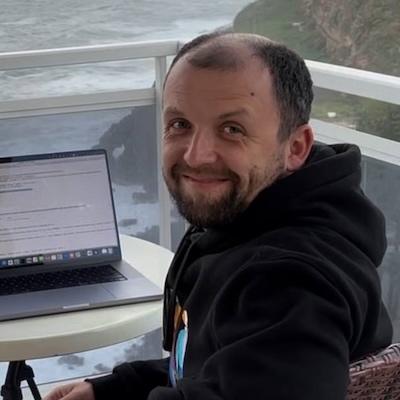How to Create and Share a Pulumi Template

Last month, we released our first set of architecture templates — configurable Pulumi projects designed to make it easy to bootstrap new stacks for common cloud architectures like static websites, containers, virtual machines, and Kubernetes clusters. Architecture templates are a great way to get a new project up and running quickly, and they’ve already grown quite popular with our users, several of whom have asked if whether it’s possible to create templates of their own.


















